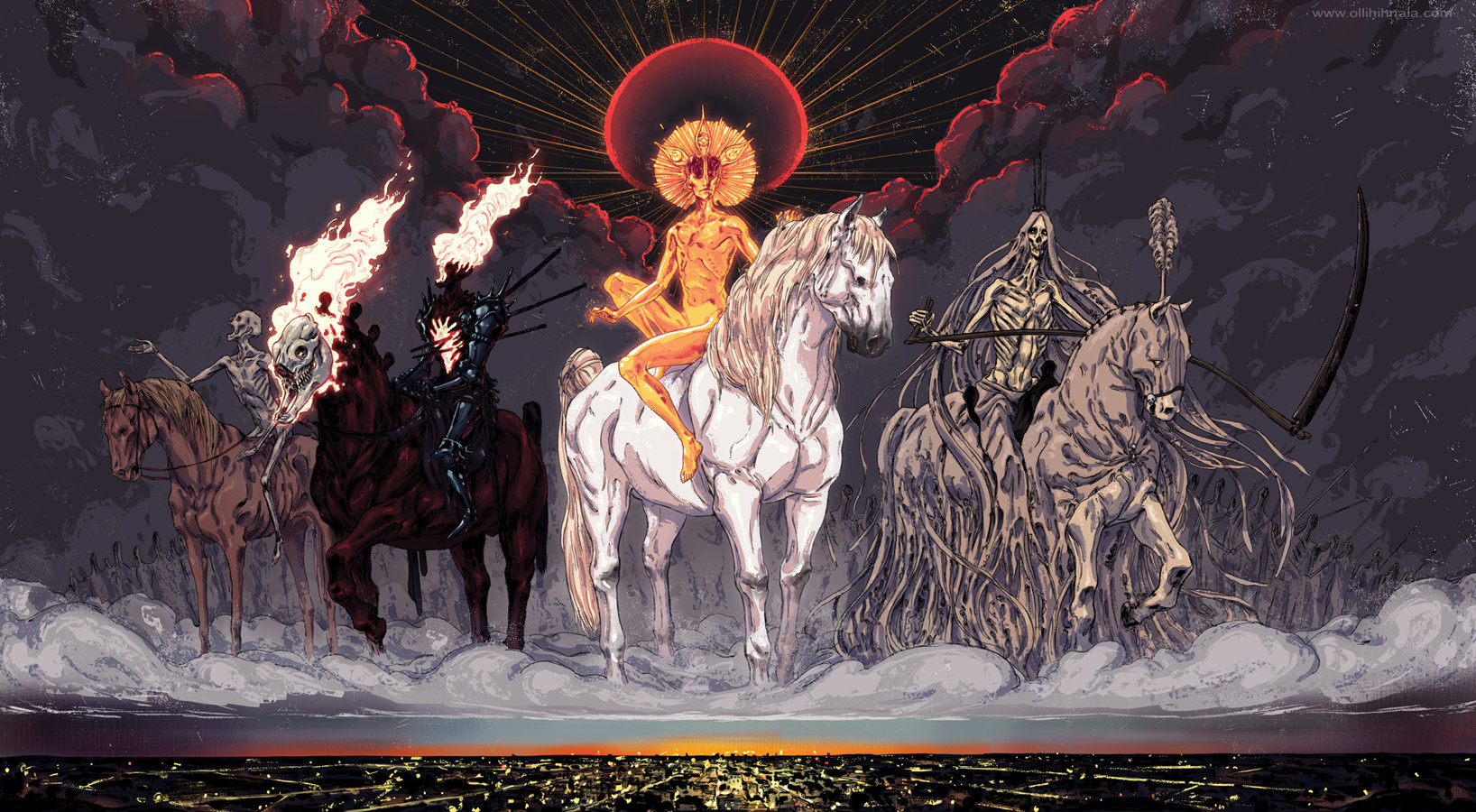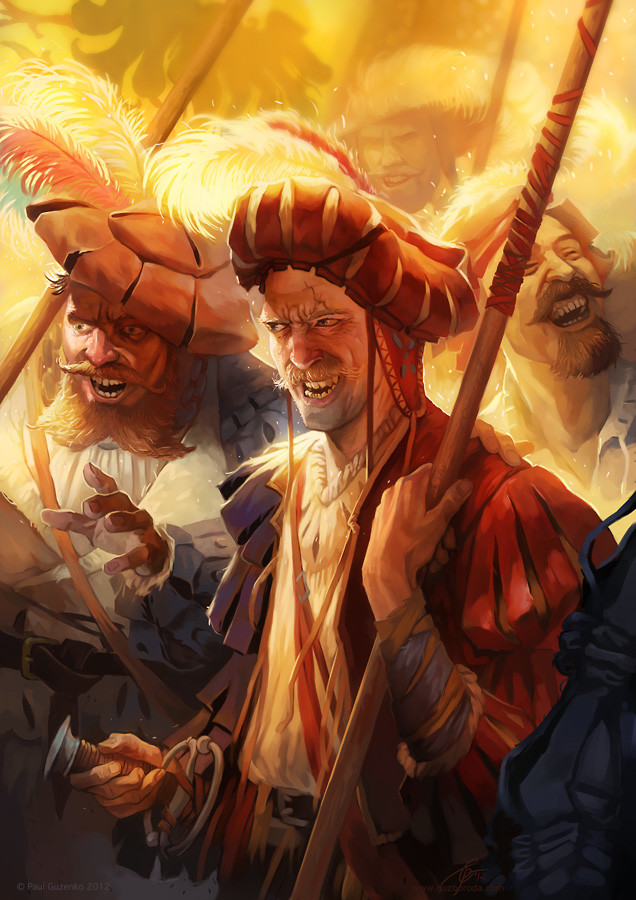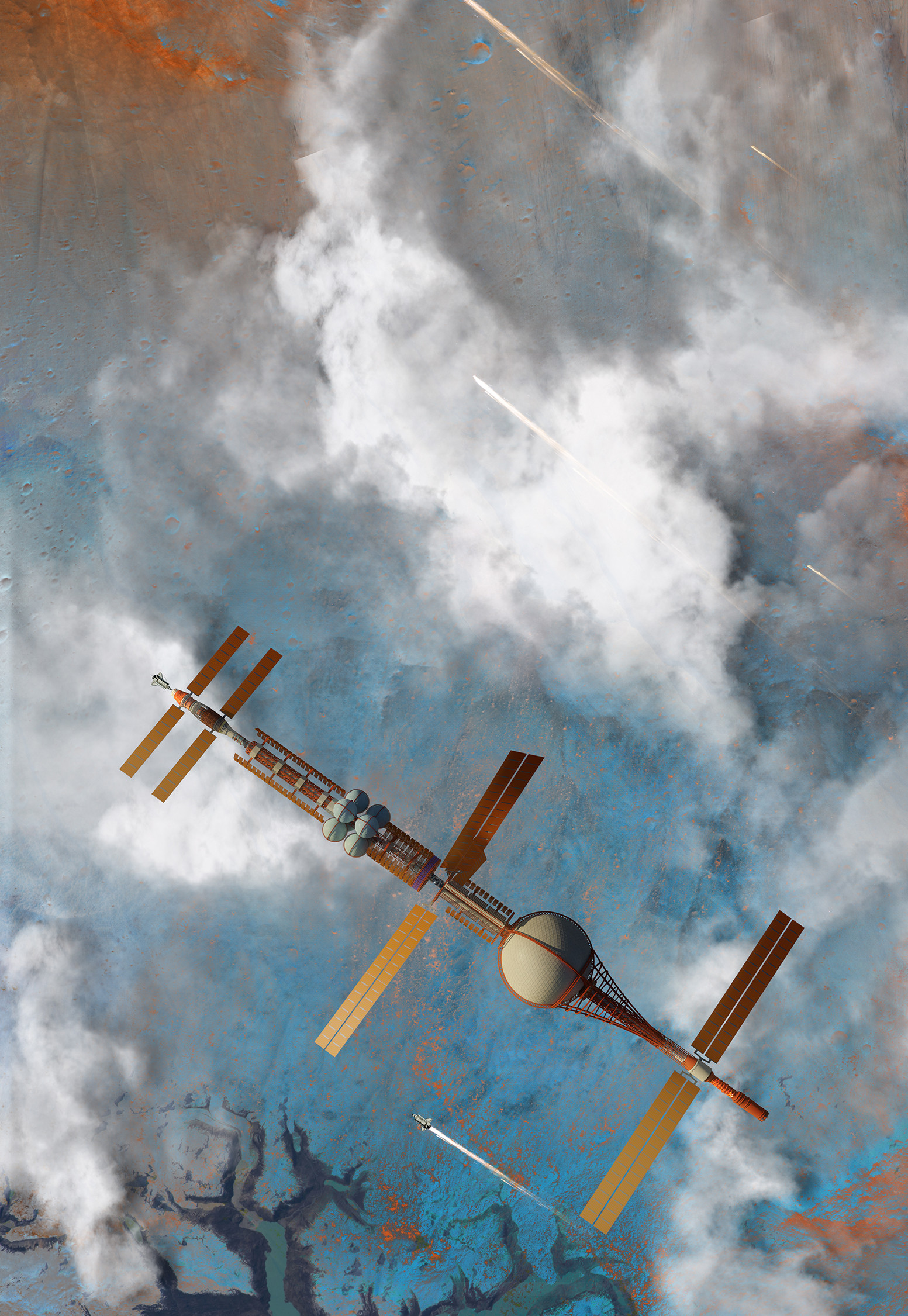 |
| Credit, Olli Hihnala |
I'm going to provide a framework to answer the following questions with regards to the nature of the War, in order to flesh out the scenario that the PCs will find themselves in. Mechanical implications that I will detail in a subsequent post.:
- Where is the conflict occurring?
- What is the cause of the War?
- What is the current state of the War?
Where is the conflict occurring?
I've thought up a number of options for this and presented them with my thoughts below.
1. An empire of semi-independent petty kingdoms and principalities
This is the assumed 'default' setting of Pike & Shotte, based on the Holy Roman Empire. While the emperor leads one of the Great Powers (at least in the local region) their realm is riven with innumerable squabbling Princes, Electors, Bishops and Lord Mayors each pursuing their own agenda or forming dangerous factions. External enemies lurk like hungry wolves, preparing to pounce on undefended territories at a moment's notice. Membership of the empire means that the constituent states are (theoretically) bound by oaths of loyalty, but individual cultures, traditions, and even languages may be vastly different from one region to another.
2. A rich and powerful kingdom under threat from a foreign usurper
This takes inspiration from the Hundred Years War, where the Kings of England warred against the Kings of France in various attempts to enlarge their French holdings or contest the French crown. The kingdom is something of a patchwork - the crown is strongly centralised in their own demesne and powerful nobles control much of the reaches. Independent kings and dukes hold suzerainty over lands traditionally considered part of the crown. Levels of lawlessness and wealth may shift rapidly from one region to another. A common language is shared and cultural norms and traditions are roughly comparable between different areas.
3. The borderlands between rival kingdoms
Inspired by the Welsh and Scottish Marches. These bleak and sparse lands see almost constant low-level conflict between rival clans of border reivers. The armies of the rival kingdoms also foray into and beyond the borders in their own raids. The kingdoms can be as similar or distinct as you like, but the marches possess their own hybrid culture that is distinct from either parent, and marcher inhabitants from either side of the border have more in common with each other than their own countrymen.
4. A land divided by civil war
Based on the Wars of the Three Kingdoms. Some matter of religion or politics has divided the people of an isolated country. The different factions seek allies from all avenues to help them in their struggle for supremacy. Regions declare for either side leading to a chaotic spread of allegiances that span the country with little recognisable pattern.
5. A foreign land, or close to home
Somewhat based on the First Crusade, from either perspective. Armies of varying nations have arrived in a foreign land on some sort of mission. The foreign armies exist in a loose alliance but all have their own agendas and desire prestige and wealth. Likewise the local inhabitants have their own factions and plans which complicate their response. Each side may have a little knowledge of the other but vastly different cultures and languages.
 |
| Credit, Irfan Yang |
What is the cause of the War?
The War is out of the scope of the usual border squabbles and small scale conflicts. Use these to gauge the overall aims of the warring sides.
1. Religion
Schism and heresy have long been a cause of bloody wars throughout history. Each side is focused on ensuring that their particular religious ideal is practised as the dominant form of the faith, whether they practise different forms of the same faith or worship different gods altogether. Inter-faith relationships will be even more fraught than usual.
2. Resources
One side wants control or possession something the other one has. Gold, some magical material, opium, tea, water, fertile farmland, wealthy cities - all of these and more could be the target of a warring power. Possessing even a small amount of the desired resources could make the PCs very wealthy indeed.
3. Dynastic struggles
Each side in the war is aligned to a branch of a certain dynasty which, through centuries of intermarriage, has ascended to the thrones of many nations. Either the different branches begin to have designs of their own, or a rival dynasty takes action when they see an opportunity. Widespread fighting breaks out as local nations choose sides and attempt to alter the balance of power. Oaths of loyalty to the dynastic heirs are not taken lightly.
4. Conquest/Colonisation
The attacker desires the complete subjugation or the defender, absorbing their lands in their entirety, or the carving out of their own enclaves. This could be an invasion launched from their homeland or a migration-style invasion where the entire populace is on the move. The defender will be fighting for their very survival.
5. Politics
The commons rise against the king; the nobles demand that their ancient rights are protected; the king grips the country with an iron fist. Some issue of politics or governance has kicked off a brutal civil war, turning countrymen against each other in the throes of ideological fervour. This will not be a simple either/or situation - each side will have numerous sub-factions clamouring for their versions of the True Cause to be given primacy.
 |
| Credit, Paul Guzenko |
What is the current state of the War?
1. Opening Phases
The War has only just begun, with only a few participants. Armies have mustered and preliminary skirmishes and small battles have been fought. The land remains mostly unchanged as the armies manoeuvre and prepare for their first pitched battles. Smaller settlements may have been besieged or taken. The land remains relatively unspoiled.
2. Main Thrust
The fighting heats up significantly with several pitched battles being fought. New participants enter the fray and larger settlements are besieged and assaulted. Free Companies start to peel off from the main armies as pay starts to dry up, taking up brigandage and banditry. Food shortages start to bite and the civilian population suffers as turmoil engulfs the land. Disease spreads like wildfire in besieged cities and towns.
3. Late Game
Armies continue to clash, though allegiances may have shifted between the warring powers. Some participants will be knocked out by this point and still some new powers will throw their weight behind one side or another. Roving armies and brigands have picked the countryside clean and famine sweeps the land. Hordes of unwashed bodies in close quarters have spread pestilence to all corners and some areas are virtually depopulated.

No comments:
Post a Comment